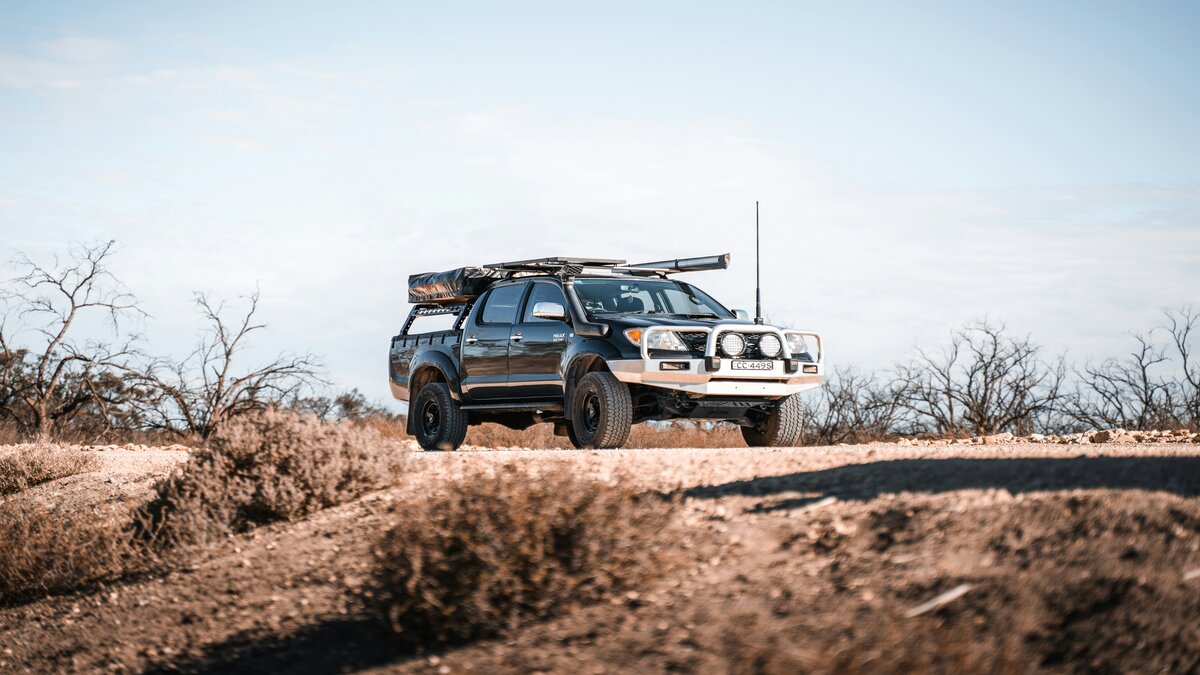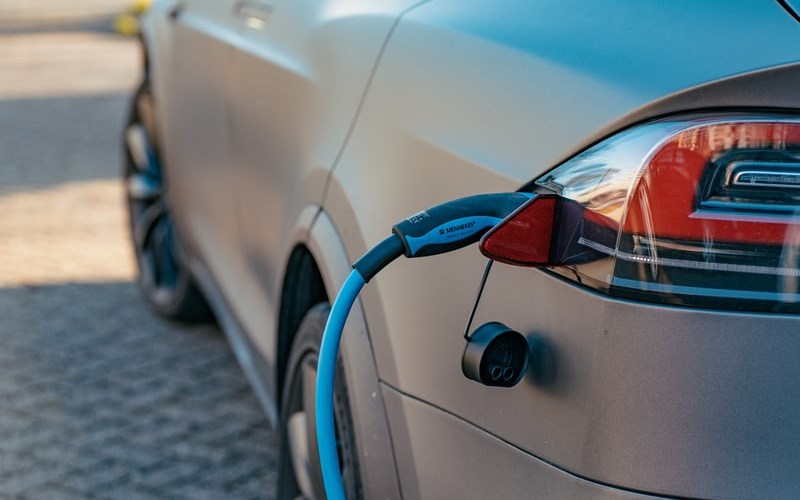Early 2022 saw one of the strongest used car markets in Australian history. The average car involves about 30,000 different components, from all over the world, so the damage Covid did to global supply chains meant people buying new cars faced escalating delays. Australians turned to the second hand market, driving up rates to unprecedented levels. Certain vehicles began selling second hand for more than the recommended retail price.
However, since the world reopened and international commerce has recovered, this demand has dropped off. Moody Analytics say used vehicle prices fell about 12% from May ‘22 to the start of 2023, and projected a further 10% decline across 2023. While prices remain elevated from pre pandemic levels, the market looks to be well on the way down.
For those of you currently paying off a car loan, this is likely a concerning development. A weak second hand market heightens your risk of dropping into a negative equity position.
Advertisement
In the market for a new car? The table below features car loans with some of the lowest interest rates on the market.
| Lender | Car Loan | Interest Rate | Comparison Rate* | Monthly Repayment | Interest Type | Vehicle Type | Maximum Vehicle Age | Ongoing Fee | Upfront Fee | Total Repayment | Early Repayment | Instant Approval | Online Application | Tags | Features | Link | Compare |
|---|---|---|---|---|---|---|---|---|---|---|---|---|---|---|---|---|---|
6.24% p.a. | 7.36% p.a. | $583 | Variable | New | 1 year | $8 | $400 | $35,000 | Featured |
| |||||||
6.34% p.a. | 8.36% p.a. | $585 | Variable | New | 1 year | $8 | $400 | $35,084 | |||||||||
6.57% p.a. | 7.19% p.a. | $588 | Fixed | New | No Max | $0 | $250 | $35,278 | Loan amounts from $2k to $75k |
| |||||||
6.09% p.a. | 7.21% p.a. | $581 | Variable | New | 1 year | $8 | $400 | $34,874 | Featured |
|
What is negative equity on a car?
Negative equity on a car means the outstanding car loan amount is more than your car is worth. If you decide to sell your car while you’re in negative equity, you are left with residual debt, since the sale price won’t pay off the entirety of the loan.
When you buy a new car, it normally loses a solid chunk of its value the day it is driven off the lot. This means that from the get go, you are often playing catch up with your loan. When times are normal, you normally move into a positive equity position at some point during the loan term, as you pay off more of the principal amount. Understandably though, you might be worried that a volatile market could mean this never ends up happening.
Sell before things get worse?
You might be thinking that if the market is only heading downhill, breaking the loan and selling your car makes sense. It’s likely to be worth less in a few months' time after all, through both depreciation and market conditions, so why not cash out before you lose any more?
If you’re in positive equity, you can sell your car, use this money to pay off your loan and then put the rest towards your next car. Remember that paying out a loan early may involve termination fees (depending on the type of loan and the lender), so that needs to be factored in to your calculations.
You’re in negative equity if the sale price doesn’t completely cover this amount, so if you do sell, you’ll need to make up the difference out of pocket. You’ll want to run the numbers, and work out whether you will make a bigger loss selling early or seeing out the loan term to fruition. This will necessitate a bit of speculation, as you won’t be able to say definitively how much your car will be worth at the end of the loan term.
It’s important not to panic. If you’re halfway through a loan term, it’s worth remembering that the rate at which a car depreciates goes down over time. A brand new car can be 30% more expensive than the same car a year later, but the price difference between say two otherwise identical cars that are seven and eight years old is likely to be negligible.
While your vehicle can be devalued by the market, it could start to hold its value better as time goes on. You should also keep in mind that while we use ‘second hand market’ as a blanket for all used cars, the reality is values will differ drastically between makes and models. It’s worth researching the market conditions for your car in particular, instead of taking it for granted that the entire market is heading down.
If you do decide against selling the car, don’t forget that may be worth refinancing to a better car loan deal if you find one.
Pay off the loan faster?
Should the market behave as anticipated, those who elect to stick it out and keep paying their car loan might find it takes longer to achieve positive equity positions. If your loan term is shorter, say five years or less, you will have been paying a substantial amount of the principal out of the gate, and will be building equity quickly. In this case, a flagging used car market probably means it will just take longer to achieve positive equity, not that it won’t happen. For those with longer loan terms though, who are paying less of the principal, or those with a substantial amount of what they owe tied up in a balloon payment, this is less clear.
In any case, it’s a good idea, if you can afford it, to make overpayments. By doing so, you will be paying off the principal quicker, giving yourself a boost in the race against the rate your car is depreciating. This will also reduce your overall interest bill.
What about balloon payments?
A balloon payment is an arrangement where part of the borrowed amount is due at the end of the loan term, as a lump sum. Reselling at the end of the term and using some of this money to make the balloon payment, putting the rest towards your next car, is a popular strategy that suits customers who like to upgrade regularly. If you’re in negative equity though, you lose this option, and won’t be able to entirely cover the balloon payment by selling the car. A balloon payment also remains an amount you owe as part of the loan, so it becomes harder to get into positive equity since you aren’t paying off as much as the principal.
If you financed through a manufacturer, you might have accepted a guaranteed future value clause in the loan. This means there is a prearranged valuation of the vehicle that the manufacturer will honour at the end of the loan term, given several terms and conditions. You can trade in the car for that value or pay the balloon payment to keep the car. Guaranteed buyback arrangements transfer the risk of the car depreciating faster than expected to the manufacturer rather than the customer, so if you’ve got a clause like this, you’re probably sitting pretty. Just remember that they will do their best to get out of paying an inflated rate, so it’s a good idea to not give them any excuse by making sure the car is in a good condition.
Without these arrangements, the position you’ll be in when the balloon payment is due is dependant on the market. If you foresee your car losing value rapidly, you might decide selling now is the best way to minimise your loss. The same calculation as above still applies, you just need to include the balloon payment as part of the outstanding amount.
To buy or not to buy a used car
Some people who are interested in buying a used car might be thinking that the best strategy is to wait for a while. If there is another big drop off, it doesn’t make much sense to buy now when the same car might be thousands of dollars cheaper in a few months. However, the other side of that coin is that a soft second hand market can also mean interest rates on used cars increase.
Over the past couple of years, many lenders have also enjoyed record low loss ratios. Booming demand for used cars meant that repossessed vehicles were selling for record amounts, mitigating the lenders' risk. Should market conditions deteriorate though, lenders could see a sharp rise in risk costs, which they are likely to pass on to customers through heightened rates. With the surge in the cash rate between 2022 and 2023, those taking out car loans now face significantly higher rates than those who bought in 2021. You don’t want to wait for values to drop, only to be faced with paying a far higher interest rate.
Savings.com.au's two cents
Naturally, those of you with loans outstanding could be concerned about your equity position. The length of time you have remaining on your loan, whether you owe a balloon payment and whether your car was new or used when you bought it are all determinants to exactly what position you’re in, and whether it makes sense to sell now or persevere. If you can afford it, making additional payments can be a good way to build equity quicker, and get closer to the position you want to be in.
It’s also important to keep a bit of perspective about this dip. While used cars may be selling for far less than this time last year, we still have not seen prices drop back to pre pandemic levels. Vehicles traditionally depreciate very quickly, so this is a situation that many have been in over time. It’s always a good idea not to set and forget a car loan, but keep checking that you are getting the best interest rate possible, and the market conditions to find out when it's a good time to sell. No one can truly predict how the next few months will play out, so all you can do is make sure you stay as informed as possible.
Advertisement
In the market for a new car? The table below features green car loans with some of the lowest interest rates on the market for low-emissions vehicles.
| Lender | Car Loan | Interest Rate | Comparison Rate* | Monthly Repayment | Interest Type | Vehicle Type | Maximum Vehicle Age | Ongoing Fee | Upfront Fee | Total Repayment | Early Repayment | Instant Approval | Online Application | Tags | Features | Link | Compare |
|---|---|---|---|---|---|---|---|---|---|---|---|---|---|---|---|---|---|
6.09% p.a. | 7.21% p.a. | $581 | Variable | New | 1 year | $8 | $400 | $34,874 | Featured |
| |||||||
5.99% p.a. | 7.20% p.a. | $580 | Fixed | New, Used | 7 years | $12 | $250 | $34,791 | |||||||||
5.99% p.a. | 5.99% p.a. | $580 | Variable | New | No Max | $0 | $0 | $34,791 | |||||||||
6.19% p.a. | 6.54% p.a. | $583 | Variable | New | No Max | $0 | $250 | $34,958 | |||||||||
6.25% p.a. | 6.52% p.a. | $583 | Fixed | New, Used | 3 years | $0 | $195 | $35,009 |
Picture by Gryffyn M on Unsplash













 Harrison Astbury
Harrison Astbury
 Brooke Cooper
Brooke Cooper

